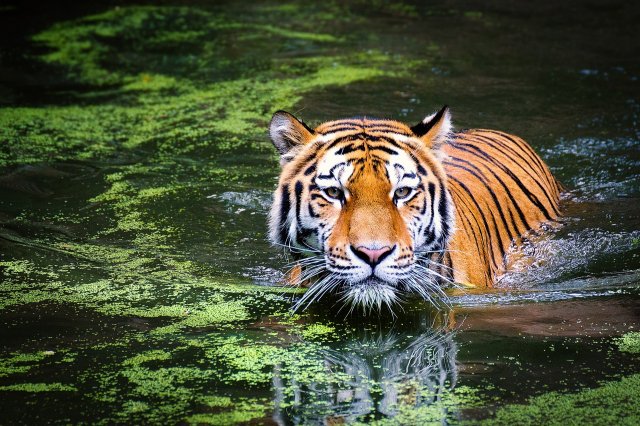Animal Welfare: 7 Essential Elements for Enhancing Tiger Welfare
Empowering Animal Welfare: Transforming Lives and Inspiring Change
Tigers are majestic creatures that have captivated humans for centuries. However, their populations have been declining rapidly due to habitat loss, poaching, and illegal wildlife trade. As a result, it is crucial to prioritize the welfare of tigers and take necessary steps to ensure their well-being. In this article, we will explore seven essential elements for enhancing tiger welfare.
1. Habitat Conservation
The first and most crucial element for enhancing tiger welfare is habitat conservation. Tigers require large areas of undisturbed forests to thrive. By protecting and preserving their natural habitats, we can ensure that tigers have access to sufficient prey, water sources, and suitable breeding grounds. Efforts should be made to establish protected areas and national parks where tigers can roam freely without human interference.
For example, the Terai Arc Landscape in Nepal and India has been successful in conserving tiger habitats. By connecting various protected areas through wildlife corridors, it has allowed tigers to move between different regions, promoting genetic diversity and reducing the risk of inbreeding.
2. Anti-Poaching Measures
Animal Welfare: Poaching is one of the biggest threats to tiger populations. Tigers are hunted for their skin, bones, and other body parts, which are highly valued in traditional medicine and the illegal wildlife trade. To enhance tiger welfare, it is essential to implement strict anti-poaching measures.
For instance, the government of India has established specialized anti-poaching units and increased patrolling in tiger reserves. These efforts have resulted in a significant decline in poaching incidents and an increase in tiger populations.
3. Wildlife Crime Enforcement
In addition to anti-poaching measures, effective enforcement of wildlife crime laws is crucial for enhancing tiger welfare. This includes cracking down on illegal wildlife trade networks and prosecuting those involved in tiger-related crimes.
For example, Operation Thunderstorm, a global operation led by INTERPOL and the World Customs Organization, resulted in the seizure of thousands of tiger products and the arrest of numerous wildlife traffickers. Such operations send a strong message that wildlife crime will not be tolerated.
4. Community Engagement
Engaging local communities in tiger conservation efforts is vital for long-term success. By involving communities living near tiger habitats, we can create a sense of ownership and responsibility towards tiger welfare.
For instance, the Bardiya National Park in Nepal has implemented community-based conservation programs. These programs provide alternative livelihood options to local communities, reducing their dependence on natural resources and minimizing human-wildlife conflicts.
5. Research and Monitoring
Animal Welfare: Regular research and monitoring are essential for understanding tiger behavior, population dynamics, and health. By collecting data on tiger populations, we can identify potential threats and develop targeted conservation strategies.
For example, camera trap surveys have been instrumental in estimating tiger populations in various regions. These surveys help conservationists assess the effectiveness of their efforts and make informed decisions.
6. Education and Awareness
Education and awareness play a crucial role in enhancing tiger welfare. By educating the public about the importance of tiger conservation and the threats they face, we can foster a sense of empathy and inspire action.
For instance, the Save Tigers Now campaign launched by the World Wildlife Fund (WWF) raised awareness about tiger conservation and garnered support from millions of people worldwide. Such campaigns have the potential to drive positive change.
7. Collaboration and Partnerships
Collaboration and partnerships between governments, non-governmental organizations, and local communities are essential for enhancing tiger welfare. By working together, we can pool resources, share knowledge, and implement effective conservation strategies.
For example, the Global Tiger Initiative, a partnership between governments, NGOs, and international organizations, aims to double the number of wild tigers by 2022. This initiative has resulted in increased political will and financial support for tiger conservation.
Summary
Animal Welfare: Enhancing tiger welfare requires a multi-faceted approach that addresses various aspects of conservation. By focusing on habitat conservation, anti-poaching measures, wildlife crime enforcement, community engagement, research and monitoring, education and awareness, and collaboration and partnerships, we can ensure the long-term survival and well-being of tigers.
It is our collective responsibility to protect these magnificent creatures and secure their place in the natural world for future generations to admire and cherish.
Discover the Untamed Beauty of Big Cats: Explore the Enchanting Stories of Big Cat Rescue





